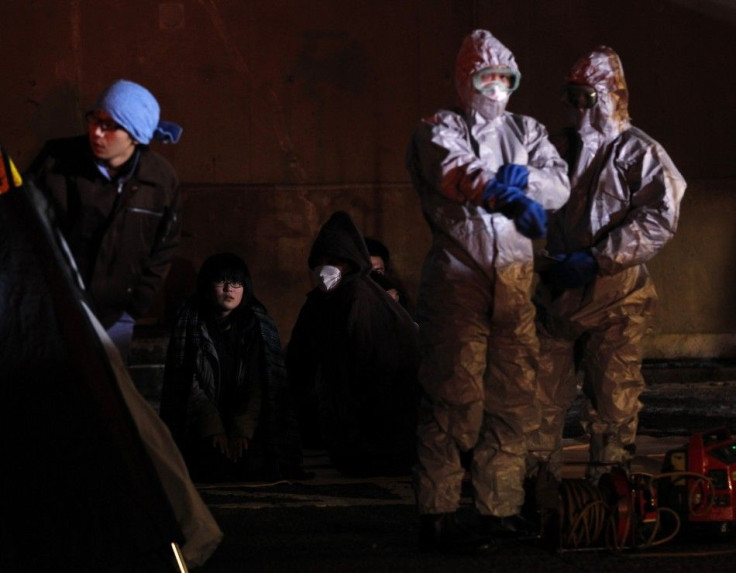Japanese engineers race to prevent nuclear meltdown

The explosion at a nuclear plant in northern Japan following yesterday’s cataclysmic earthquake was caused by a failed pumping system and not by any damage to the reactor, according to Japan’s Chief Cabinet Secretary Yukio Edano.
The pump failed to operate despite efforts by plant crewmembers to reduce the reactor’s temperature at the Fukushima Daiichi facility.
Edano explained that while the walls of building surrounding the reactor container was demolished by the explosion, the reactor and its containment system were not damaged.
However, Japan's Nuclear and Industrial Agency earlier said atomic material had seeped out of one of the five nuclear reactors at the Daiichi plant.
Four people were injured by the explosion.
Meanwhile, plant workers have flooded the reactor containment structure with sea water in order to lower the reactor's temperature down to safe levels, Edano said. This process will take about two days.
Japan's nuclear agency warned of a strong possibility that the radioactive cesium the monitors detected came from the melting of a fuel rod at the plant. Engineers at the plant are cooling down the fuel rods by pumping water around them, it added.
Edano also assured that radiation levels are falling and that there is no immediate danger.
Nonetheless, local authorities have expanded the region of evacuation of the populace to a radius of 20 kilometers around the plant from the previous 10 km. Officials similarly increased the size of the evacuation around the nearby Fukushima Daini plant to 10 kilometers from 3 km, according to the International Atomic Energy Agency (IAEA).
More than 80,000 people live within 10 kilometers of the two plants, according to Japan's Nuclear and Industrial Safety Agency.
It was reported earlier that cooling systems at three of four reactors at the Daini plant had failed just after the earthquake, but that water levels in reactors were stable and no elevated radiation levels were recorded.
The Tokyo government will distribute iodine tablets to residents, according to the IAEA. Iodine is used to help prevent the thyroid gland from ingesting too much radioactivity.
In the event a nuclear reactor overheats, the fuel rods inside them could melt down, which would damage the reactor and potentially release radioactive material into the air or water, thereby creating a cataclysmic health crisis.
This is a situation that has the potential for a nuclear catastrophe. It's basically a race against time, because what has happened is that plant operators have not been able to cool down the core of at least two reactors, said Robert Alvarez, a senior scholar at the Institute for Policy Studies in Washington told CNN.
© Copyright IBTimes 2024. All rights reserved.





















